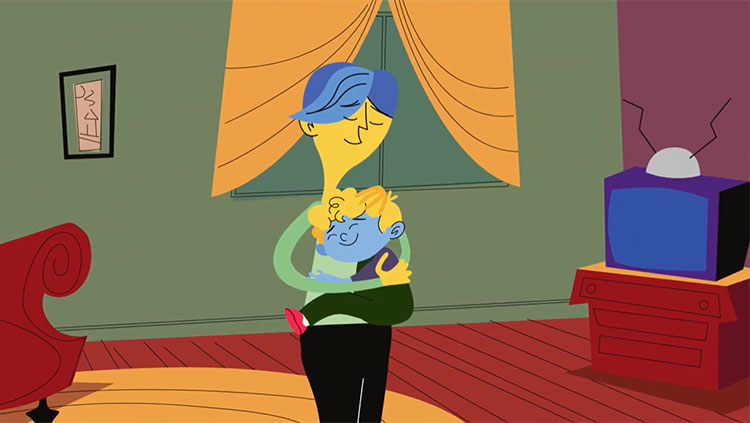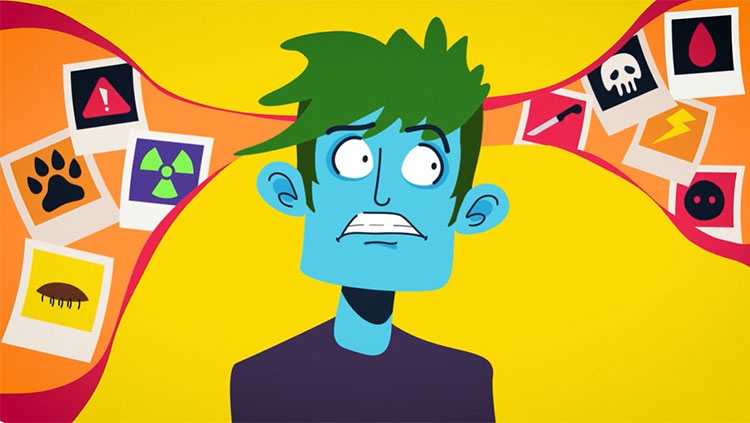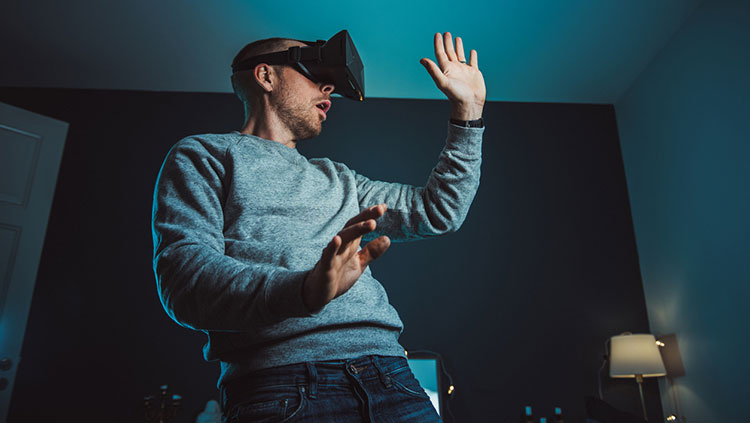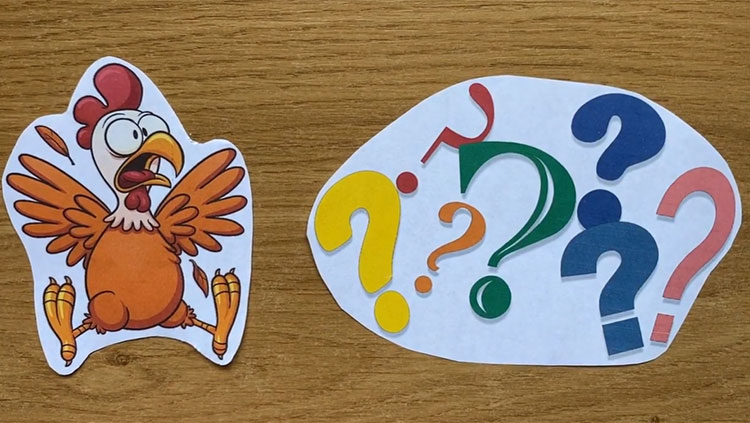Smells have a way of triggering specific memories and transporting you back in time. Research reveals it may be because sensory neurons in the nose are linked to two parts of the brain involved in processing memories and emotions: the hippocampus and the amygdala. Thus, smell can be a powerful tool for tying together experiences and emotions — such as the smell of fresh cut grass and the feeling of being home. This process of connecting two discrete ideas is called associative learning. It is why certain smells — like hot cocoa over bonfire smoke — can make you nostalgic.
This is a video from the 2023 Brain Awareness Video Contest.
Created by Sarah D'Souza.
CONTENT PROVIDED BY
BrainFacts/SfN
Transcript
There are so many ways to remember nowadays. There are traditional photo albums and scrapbooks; camera rolls that remind you what you were doing a year ago today with a photo or video.
Do you notice something here? All of these methods of remembering appeal to our sense of sight.
Despite visual memorabilia being the most popular, there is a sense that far more powerfully prompts the recollection of memories of the past. That is our sense of smell. Have you ever smelled a fragrance that triggers an oddly specific memory? Maybe a perfume reminds you of a specific person or the smell of grass and bark chips remind you of elementary school recess.
There is an explanation for this phenomenon. Substances that make up the world release these tiny molecules. When we smell, these molecules travel up through the nasal passage and to the olfactory epithelium, which is a patch of tissue in the back of your nose.
These smell molecules bind to receptors on a type of cell called olfactory sensory neurons. Olfactory sensory neurons are cells that have receptors on the end that will only bind with one specific molecule. Imagine puzzle pieces. One piece is the receptor, and the other piece is a smell molecule that we breathe in. Any two puzzle pieces won't necessarily go together. It has to be a specific fit.
Just as smell molecules won't bind to just any olfactory receptor, they must match. This matching is how we can identify distinct smells. The smell molecules that are released from substances will only bind to a matching receptor. Once all the molecules that make up this substance binds to the correct neuron, all the olfactory sensory neurons will send signals to the olfactory bulb congregating to form a glomerulus. At the glomerulus, the olfactory neurons transfer the smell signal to mitral cells, which send the information to the brain for processing.
This information will go to the frontal lobe so that you can actually identify exactly what the smell is, and it turns out that the olfactory bulb also directly links the nose to two super important parts of the brain, the hippocampus and the amygdala. The amygdala is where we process emotions, and the hippocampus is responsible for learning and memory.
The hippocampus is also where associative learning happens. Associative learning means learning by connecting two distinct ideas together. This explains how a smell can be associated with a specific memory, even though we don't consciously connect a smell with an event.
What's more is that none of the other senses like sight are processed in this part of the brain, which is why our pictures and videos don't trigger the same emotions and vivid memory as a familiar smell from the past does.
That's not to say we shouldn't continue to use photos as memories. After all, smells are a little harder to collect in the same way. But when you're on the last drop of perfume or fragrance, maybe don't throw away the bottle just yet. Who knows? You might want it later. Whenever you're feeling a little nostalgic.
Also In Emotions, Stress & Anxiety
Trending
Popular articles on BrainFacts.org

















